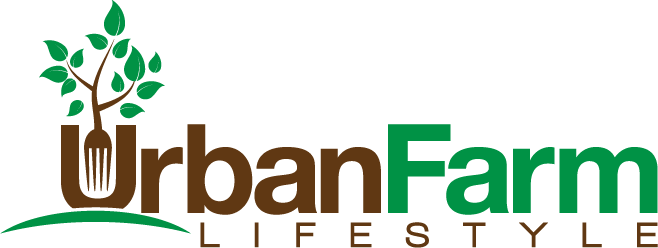Healthy Sustainable Lifestyle
I have always had a keen interest in hydroponics for growing food for farm animals. I would like to take a look at how this technique can be combined with raising fish in a sustainable food cycle called aquaponics.
Enjoy,
David Proctor
We may not live on a farm, but we can grow where we live.
Aquaponics – Water Garden™
September 10, 2015
Published Weekly Urban Farm Lifestyle Magazine
I received a gift this year of an aquaponics set-up called the Water Garden™. I have, from time-to-time, tried my hand at hydroponics. Probably my first time was a Chia Pet™.
It worked, but was not very rewarding, nor did it supply a sustainable food source.
The aquaponics set up is great for growing herbs to use for garnishments or on meals, and you have a fish that you can watch while you eat.
The plants provide air for the fish, and the fish provides nutrients for the plants. It’s a symbiotic relationship.
Some of us do not have the time to tend soil, plant seeds, and take care of our plants outside.
What do you do when the season is over? With hydroponics and aquaponics, the season is never really over.
Hydroponics has been in use for a long time. Hydroponics, is a method of growing plants using mineral nutrient solutions in water and without soil.

Day 1
Aquaponics refers to any system that combines conventional aquaculture (raising aquatic animals such as snails, fish, crayfish or prawns in tanks) with hydroponics (cultivation plants in water) in a symbiotic environment.(1)

Day 5
The Water Garden™ is nice in that you do not have a lot of plumbing and messy set-up to get started. I keep mine on the kitchen table.
All you have to do to set it up is:
Step 1
Unpackage the tank and rinse it out. Fill the tank with room temperature water and add the provided D-Klor™ to the water.
Place the pump in the tank and set on low.
Remove the gravel from the packaging, rinse, and add to the bottom of the tank.
Step 2
Set up the grow bed.
After the grow bed has been rinsed off, place on tank while pulling the pump hose through the opening for the hose and the electric.
Fill the 5 plant pots with Growstones™ that have already been rinsed off. Pour Zym Bac™ (packaged with product) over all the Growstones™.
Step 3
Keep a couple of the plant pots seeded with fast growing sprouts or a wheat grass.
Each type of seed will have its own instructions on planting in this medium.
I started out with radish sprouts and wheatgrass.
I soaked the seeds for about 8 hours then placed on the Growstones™.
The wheatgrass provides about 2 harvest over 3-4 weeks and the radish sprouts will provide 1 harvest.
To replant, you need to pull the leftover stems and roots from the Growstones™. I found this to be quite a bit of work.
The roots become embedded in the Growstones™ and can be time consuming to remove.
I almost threw them out thinking it would be easier to just buy more, but easy is not always the best way. I put them in a colander and was able to get the Growstones™ ready for the next planting.
As you can see, there is nothing better than fresh herbs on a dish that you have prepared.

In summary, I think my experiment with trying to grow plants along with fish is a very good and sustainable part of Urban Farm Lifestyle.
In urban areas, the amount of land that can be supplied for growing food comes at a premium.
With aquaponics, two foods sources are stacked on each other in a symbiotic relationship.
This is a sustainable and healthy method of growing and raising food. You know what has gone into the plants and the fish.
This is truly a way to take back the process of growing organic healthy sustainable food for yourself and others.
This should be taught to our upcoming generation of urban farmers.
Check It Out!
Quick Tips
Unplug, remove and rinse your pump under water every month to clean buildup around the vent and maintain consistent flow.
Add the entire pouch of Tidy Tank™ to the tank water after your “Water Garden” has been running for 1 week.
To help keep a clean tank, add Tidy Tank™ once a month.
Feed your betta 8-10 pellets per day (push the feed cap down to drop food into the tank).
Try to drop the pellets gradually into the water so that your betta has time to eat.
A betta’s stomach is roughly the size of its eye, so it is important to avoid overfeeding.
Unlike other species, bettas are not schooling fish and will actually fight with other bettas if placed in the same tank.
It is important to keep the water level within 1” of the bottom of the textured line.
When topping off, use ¼ capful of D-Klor™ per gallon of water you add.
Avoid filling much past the textured line, as bettas like space to breathe (they take in oxygen directly from the air as well as through their gills).(2)
Bibliography:
(1) Wikipedia. Wikimedia Foundation, n.d. Web. 05 Sept. 2015.
(2) “Back to the Roots – Official Site.” Back to the Roots. N.p., n.d. Web. 05 Sept. 2015.
What Did You Think?



Recent Comments